What it means for old and new mobiles and services
These days most people are used to upgrading their smartphones every couple of years or so to the latest offering. So they shouldn’t have any issues with the switch off of 3G networks, as the newest devices are all likely to support 4G and 5G services. But that isn’t universally the case for old products.
Worth checking the Money Saving Expert guide: The 3G mobile network switch off – What You Need To Know.
Old Innovative products were built to last
There exists a significant minority of ‘legacy’ users, loyal fans of some outstanding older mobile phones.
Everything from the basic Nokia 1100 with its amazing 400-hour between charges standby time which sold 250 million units to become the world’s biggest selling electronic device. See the handy ‘Brick’ 1100 emulator if you somehow missed it.
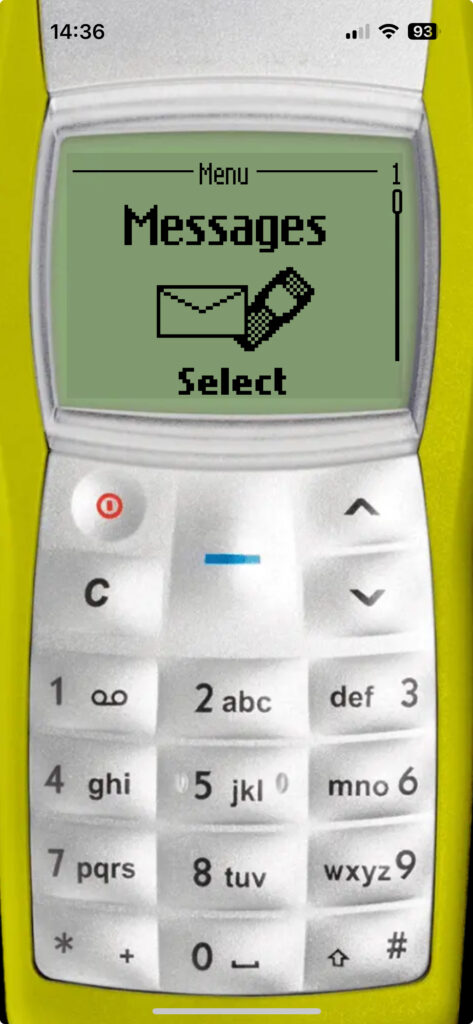
Through to advanced and sophisticated gadgets so well built, once considered the finest of their type, that they have continued to find use to this day. Such as:
- The Nokia N95 with its 5MP camera, GPS, mapping capabilities and innovative dual-sliding ‘multimedia computer’ form-factor, hailed as one of the best mobile phone devices.
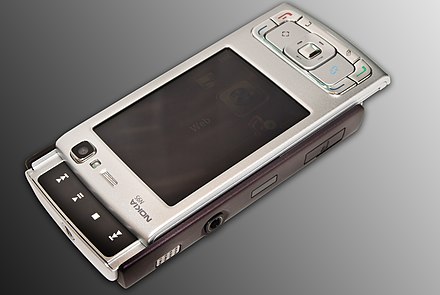
- The Nokia E90 ‘Communicator’ representing the final development of the PDA style full QWERTY keyboard clamshell series of ‘Communicator‘ products which arguably initiated the ‘smartphone’ concept way back in 1996
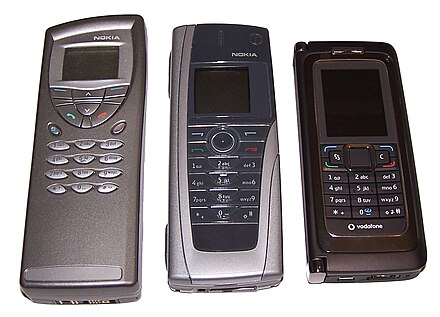
- The Nokia E71 (along with variants E61, E63, E72 and E5) providing an ultra compact QWERTY keyboard messaging phone aimed at business users and considered one of the finest of Nokia devices
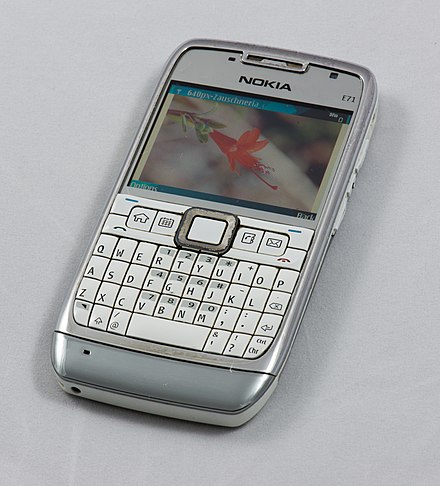
- The Nokia N8 touch screen based smartphone which was considered at the time as the best camera phone, and its successor, the Nokia 808 ‘Pureview’ is still recognised as having the greatest resolution of any cameraphone with its 41MP image sensor.
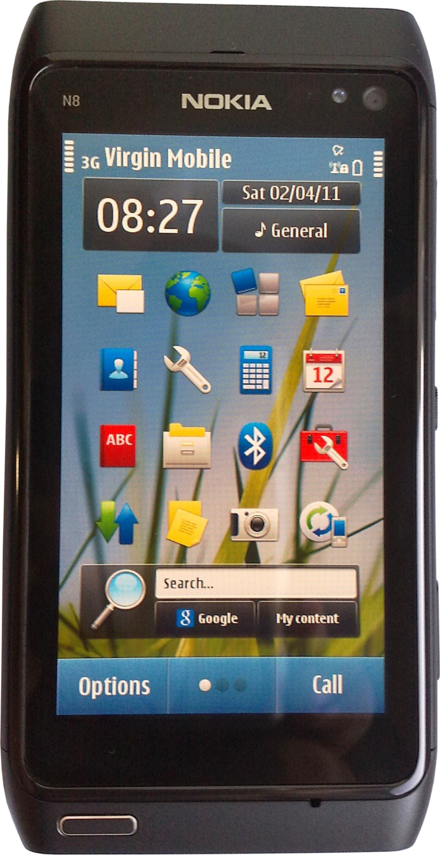
The technology revolution
In retrospect, these were the pinnacle of ‘mobile phones’; devices that commenced with basic telephony and had various functions added, including text messaging, contacts, email, clock, calculator, a camera and GPS.
What replaced them were the ‘internet slates’; products whose heritage came from personal computing, and generated an explosion in applications development providing productivity, news, social media and games. This ‘revolution’ has resulted in ‘voice’ being just another ‘app’ provided as part of the data bundle, rather than the central purpose of use. But for some, a ‘mobile phone’ is all they need to carry to keep in contact whilst out and about, preferring to keep ‘computing tasks’ separate and best served on a laptop or desktop computer.
Technology updates , business developments and shifts in consumer preferences couldn’t alone completely ‘kill off’ these iconic products from yesteryear. This is despite the end of production and support of old Nokia phones and subsequent Windows Mobile devices, or indeed anything else to rival today’s iPhone / Android duopoly. Despite Nokia’s overall demise, next generation ‘Nokia’ branded mobile phones are now made and sold by HMD and certain software functionality has lived on, such as ’Nokia maps’ which now exists as ‘HERE WeGo’
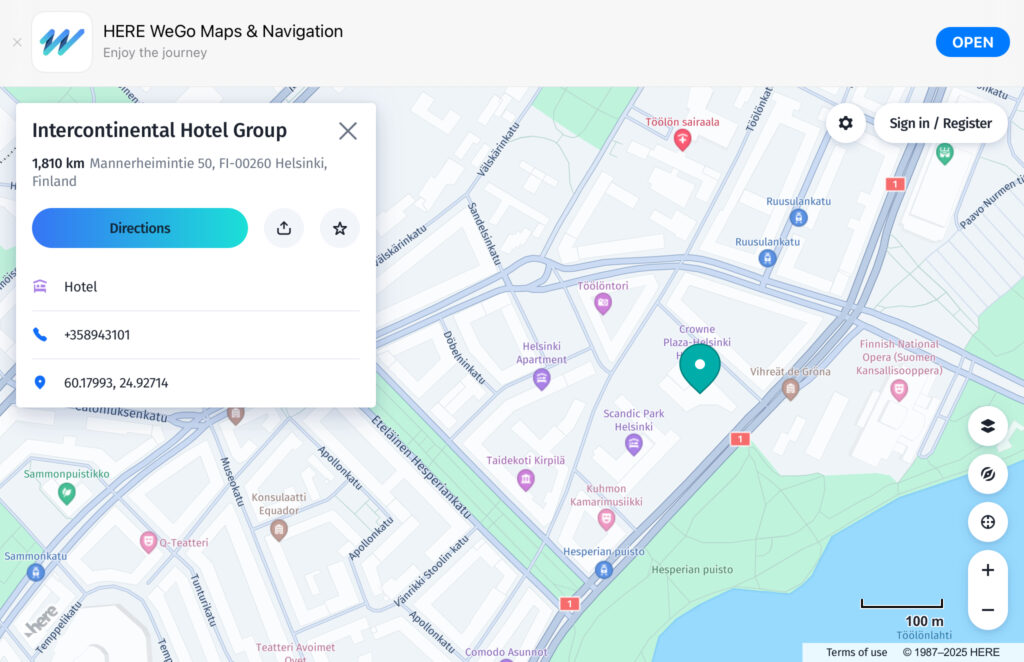
The ‘end of the road’ for old hardware
But now finally the end of the road is in sight for the old mobile phone hardware.
The ‘issue’ is the industry and government ‘switch off’ of the old 3G networks, already actioned in the U.K. by EE, Three and Vodafone in 2024 and to be completed by Virgin Media O2 in 2025. This means that mobile phones that don’t support 4G will cease to be able to use data services and functionality. The Mobile U.K. guide confirms this switch off timetable.
Perhaps confusingly, some 2G networks are to operate for awhile longer. Although Virgin Media O2 plans to close their 2G service this year and Three never launched 2G in the first place, EE and Vodafone have no plans yet to close 2G before the agreed deadline of 2033. Though this could change and services may end much earlier.
So this means basic telephony and text messaging should continue for now to be available on legacy hardware. And it’s possible that some networking functionality may be accessed using WiFi, if supported by certain old phone models.
YellowsBest continues ‘Keeping Customers Operational’
This is the tenth year of YellowsBestLtd supporting Customers with requirements for #Business Development, #Enterprise Support, #Sustainable Solutions, #Technologies and Products.
We would love to hear your experiences regarding legacy and new devices and infrastructure; please get in touch with any enquiries for Consultancy, Spares, Repairs and Support services. We hope to be of assistance!

